Is the Herb Industry Sustainable?
“Herbs are the same as chocolate or beer. There’s a difference between a micro-brewery’s India Pale Ale and a bottle of Budweiser. There’s a difference between a Snickers bar and a Swiss chocolate bar. It’s the same with herbs. You can get the Snickers or the Bud or you can get the microbrew or the Swiss chocolate bar. What you get depends on where you look and what you are willing to pay.” — Josef Brinckmann
The Herb Industry
Note: We produced the opening video on the herb industry as part of the first version of Numen: the Healing Power of Plants, the documentary we produced on traditional western herbalism. We decided that these issues were far more complex than could be explored in an 8 minute-video segment. We decided to remove the section from the newer edition of Numen and create a whole new project focusing just on the industry. We include it here because industry leaders provide an excellent overview of the key issues in the industry.
The Healthy Alternative?
Many people assume that by buying herbal remedies they are buying the healthy alternative. But it isn’t that simple. Though the media casts herbal products as either poison or panacea, the real question is not whether plants can be used as medicine or not. Plants are used as medicine by 80% of the world. The question is why some medicines made from plants work and others don’t. The focus should be on the relationship between the efficacy of the finished product and the level of care and attention to the raw plant material through the supply chain.

Most herbs traded in India pass through Kaoli Boli, one of the biggest raw drug markets in India.
There is a lot that is unscrupulous about the herb industry–some of it intentional, some of it not: adulteration, incorrect species identification, collecting plants at the wrong time, drying them poorly, mixing moldy plants in with others in hopes it won’t be noticed, bad storage facilities (including huge barns where herbs are stored in open piles, exposed to dust, cobwebs and rodents). Those working in the industry mentioned the extraneous matter that comes in the shipments of herbs: parts of metal, cigarette butts, scraps of newspapers, etc. Even if the end product passes quality control tests set by the FDA, standards that Mitch Covin of Vitality Works says offer only a minimum standard of quality control, is this how you want your medicine treated?
Why Should I Care?
Where plants come from and how they are handled along the way matters to the quality and efficacy of the finished product. If those processes are good – ‘good’ meaning people are paying attention each step of the way – the finished product will more likely be good. Especially with bulk herbs or herbal teas, the quality of the supply chain directly impacts the quality of the finished product.
Details matter: whether workers have washed their hands, what lotion or insect repellent collectors used while collecting the raw materials, what the collection bags were previously used for, whether the plants were harvested in the rain or left piled on a tarp for a few days until workers had time to process them. Attention through the supply chain costs money. United States herbal products companies are notorious in the industry for price buying raw material, which means that US companies that buy their herbs on the open market often end up what other countries reject. This translates into the quality of the medicine.
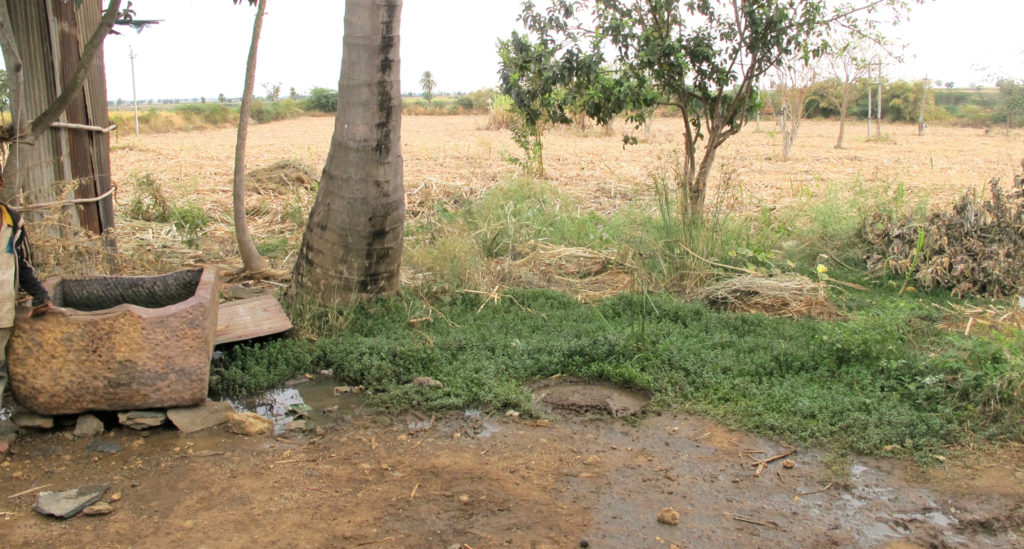
Brahmi is commonly wild collected around India and can be labeled as organically harvested. Yet there are no requirements around where these herbs are gathered. Like in this picture, brahmi typically grows near springs and sources of water which, in India, are some of the dirtiest areas there are.
“We’re only talking about the importance of organic farming because of the presence of chemicals. And we’re only talking of good agricultural practices because of the presence of bad agricultural practices. And they’re bad, really, really bad.” — Ben Heron
At the Sustainable Herbs Initiative, we must continually choose whether to focus on what is bad about the industry or to highlight efforts that are good. By focusing on what is bad, we worry about fueling criticism of the industry overall. By focusing only on what is good, we worry that readers won’t fully understand what is at stake.
This choice became clear during Ann’s six months following herbs through the supply chain as a Fulbright scholar in India, where the contrast between good and bad practices is especially stark. Much of what she saw in India was really, really bad. Buyers rarely saw the raw drugs they were purchasing. She ended up not following those supply chains systematically because doing so was simply too discouraging. And yet it is essential that consumers of herbal products understand what is out there and why it is so important to pay more for products from companies that do it right. So we include this one page of the website to highlights some of the bad practices to look out for.
Chain of Custody
A company can prove that it knows where its raw materials come from either by controlling the entire process from seed to finished product or by only buying through a certified supply chain. Certification acts as a stand in for the trust that comes from face-to-face relationships. Organic and fair trade certifications require a paper trail. If something goes wrong, the problem can be traced back to the source: to this group of collectors or this particular farm. This chain of custody ensures the company knows exactly where the plants were grown, and how and by whom they were handled at each point of the journey.
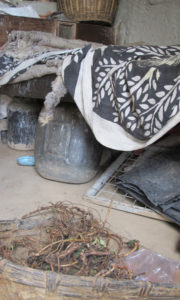
Wild collected roots stored under a collector’s bed in the eastern Himalayas.
Certifications aren’t perfect (see this SHI blog post highlighting key points from an SHI webinar on certifications). But they can be used as indicators that stakeholders are paying attention and that herbs can be traced back to the source.
We tried to get specific numbers on how many medicinal herbs are organically certified or have some kind of fair trade certification, i.e.what percentage of herbs in the industry can be traced to their source. Yet everyone we spoke with said it was impossible, that that kind of data doesn’t exist or it would cost too much to find out. Any given buyer or seller of herbs has multiple relationships with different sectors of the supply chain. Which path an herb takes depends on the plant species, the region of the world, the end use, and more. Every buyer is dealing with tens and maybe hundreds of different species of plants grown all over the world. To streamline this process, many companies simply buy through consolidators or traders who in turn buy on the open market – which means buying raw materials with no paper trail.
Conventional Supply Chain
The conventional supply chain simply means non-certified. This means that a company doesn’t need to prove traceability of their raw materials. They might still have rigorous internal standards which require them to trace the botanicals they buy to the source. More often they buy herbs from traders buying and selling herbs on the open market. Often these buyers never see the plants before making the purchase. They have no way of knowing where the wild plants were harvested: from the side of a busy road or from a pristine mountain slope; how and where they were dried: on a tin roof or cement sidewalk in the hot sun or on racks under shade cloth. They don’t know whether the sacks for storing herbs have been used previously. We saw plenty of herbs shipped in re-used cement bags in India, or whether they are simply stored in a open pile in a big storage room. The list goes on and on. All bets are off, we were told again and again, when you buy on the open market.
Overview of the conventional market supply chain
No Easy Solution
Beyond the identification and testing regulations set by the FDA, in the non-certified or conventional supply chain, the consumer has no reliable way of knowing what they are getting in the finished product. If there are problems, there is no way to trace the raw material back to the source to try to correct the problem or even understand what went wrong.
Changing this system begins with understanding what it takes to produce effective herbal remedies that are good for people and good for the environment. And then it involves taking steps to ensure that companies are not only in the business of producing herbal products but are also working to sustain livelihoods and the earth.

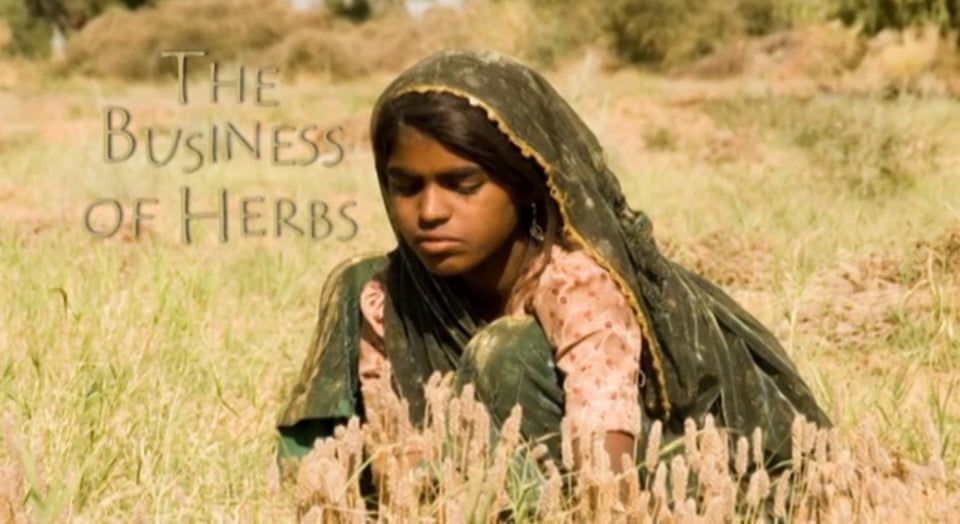
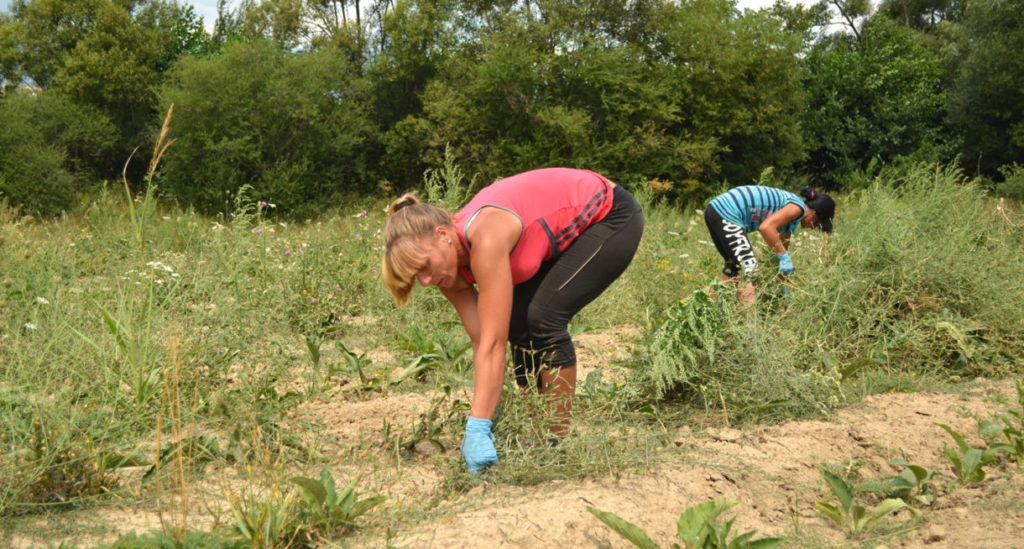
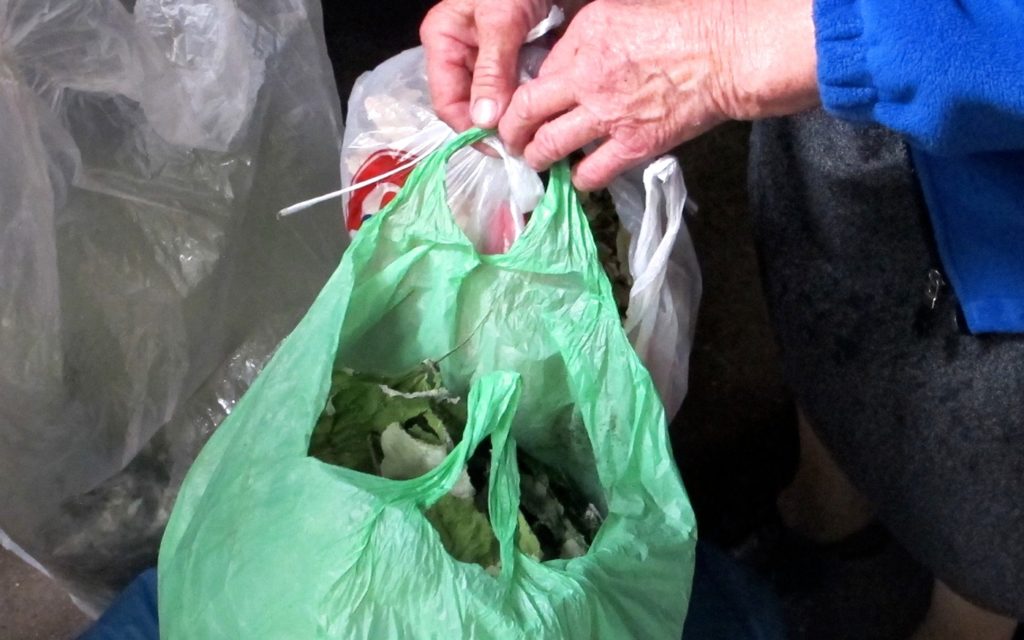
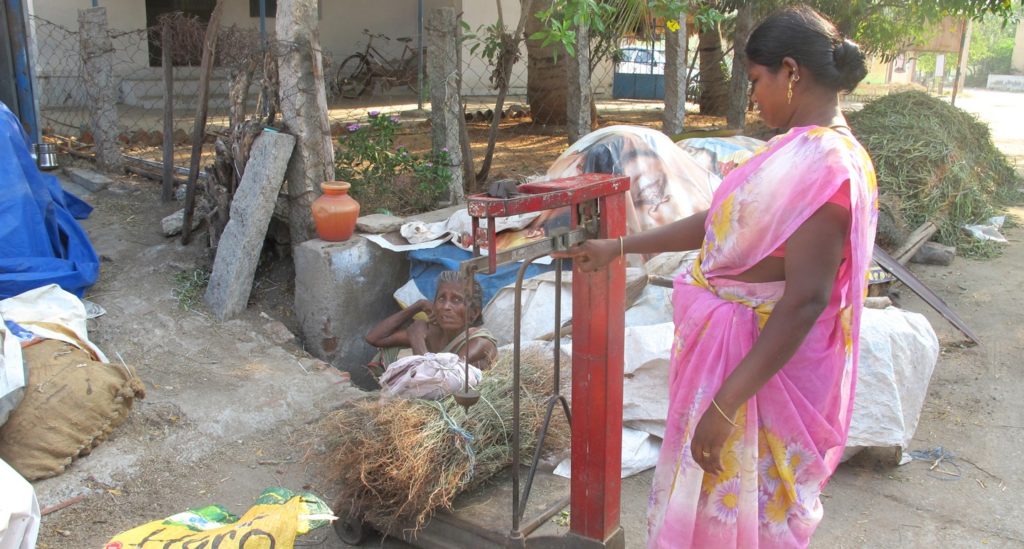
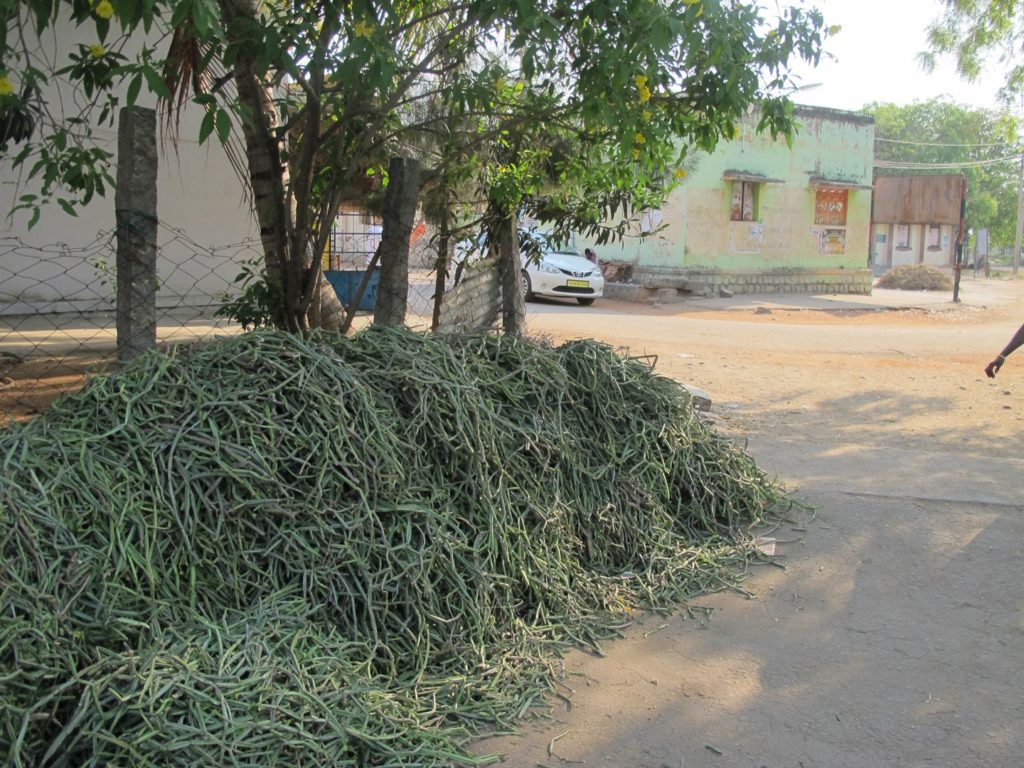
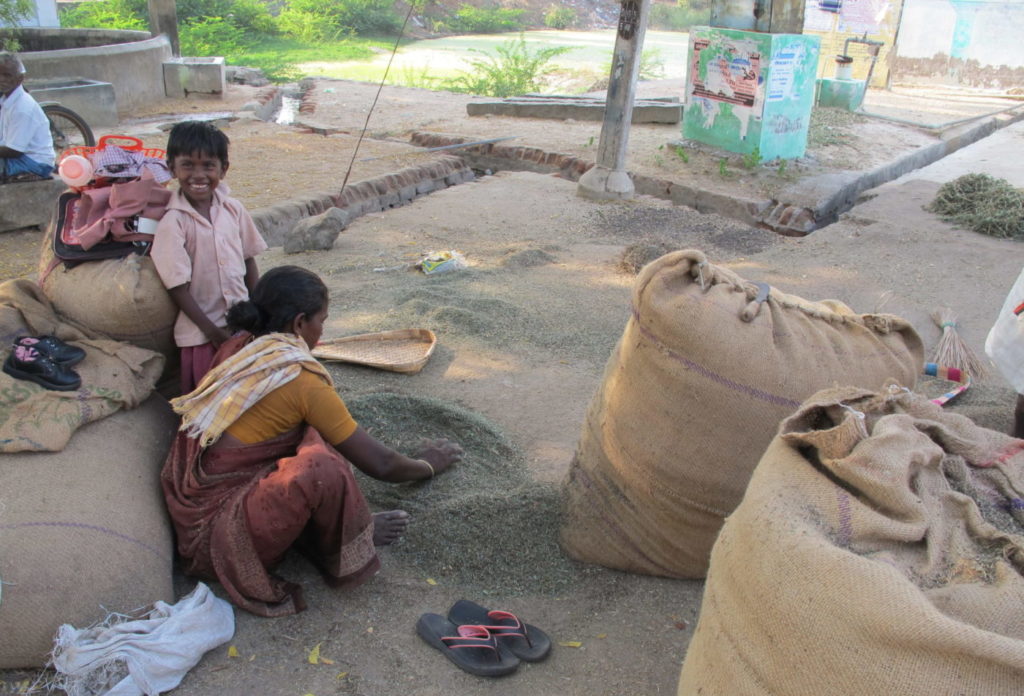
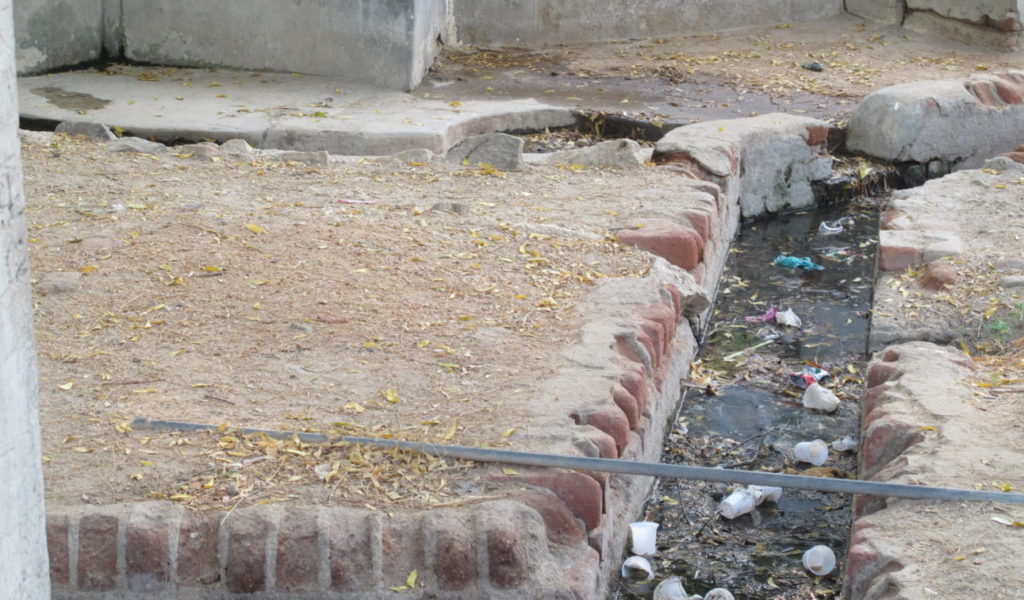
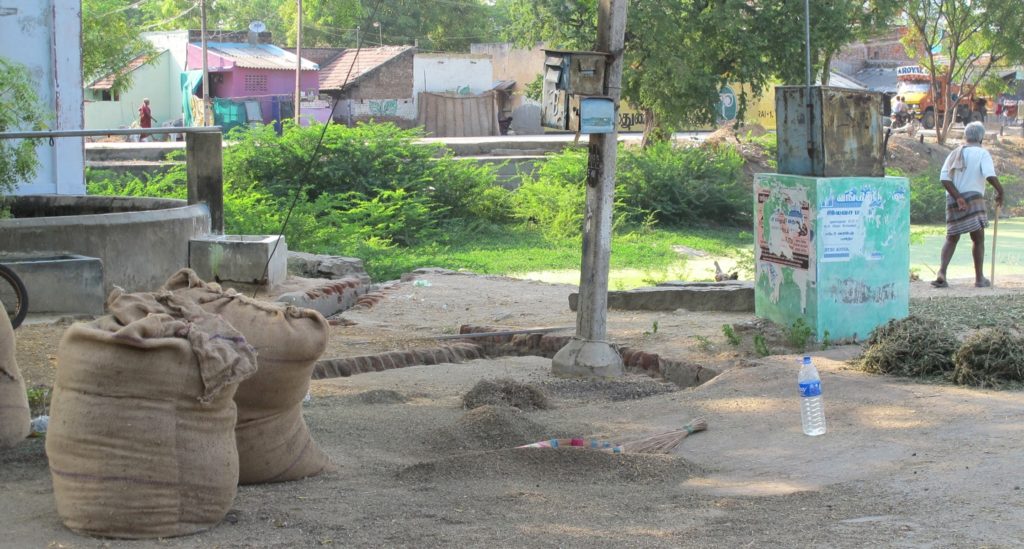
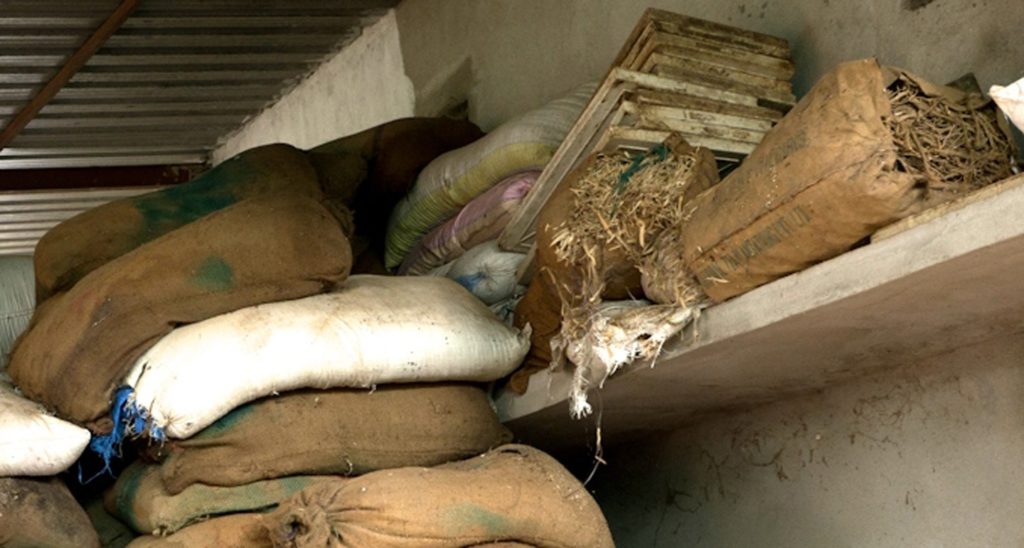
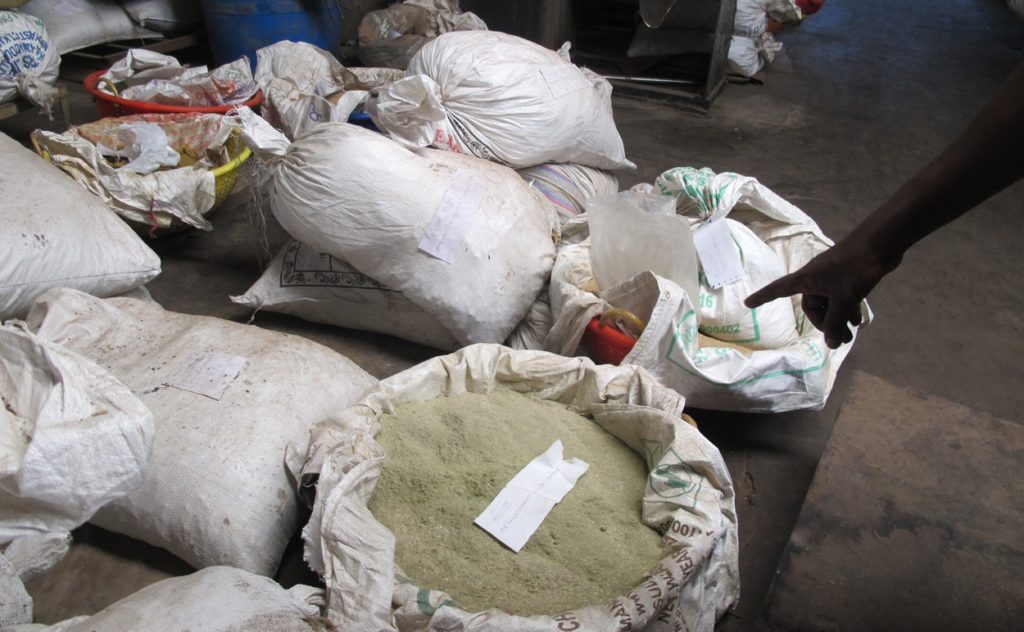
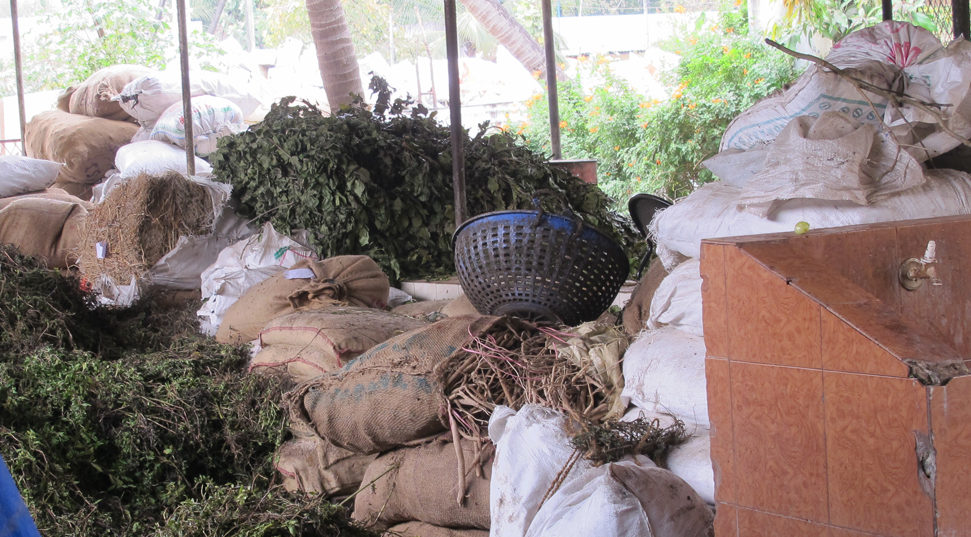
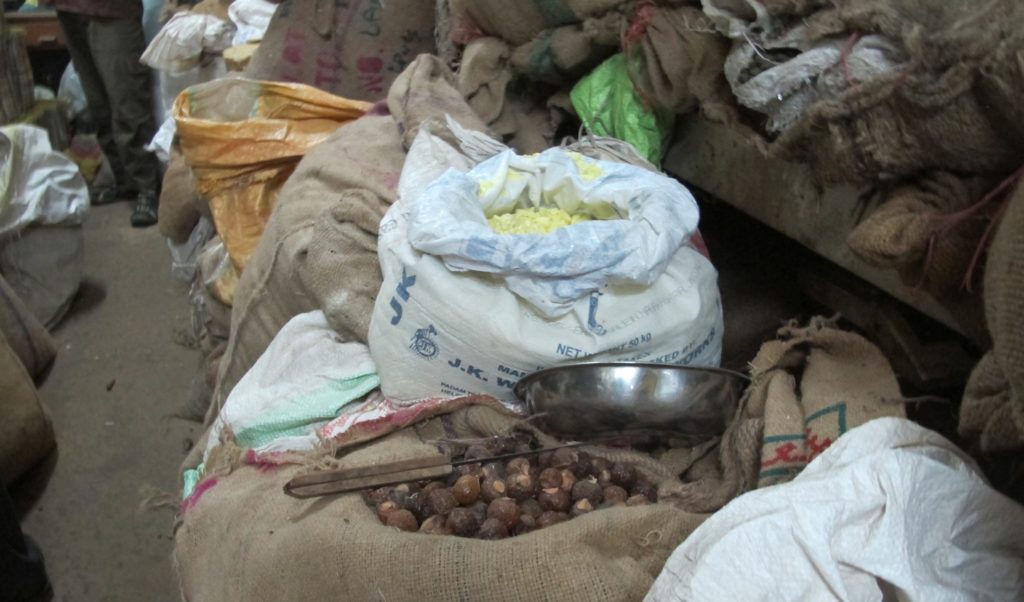
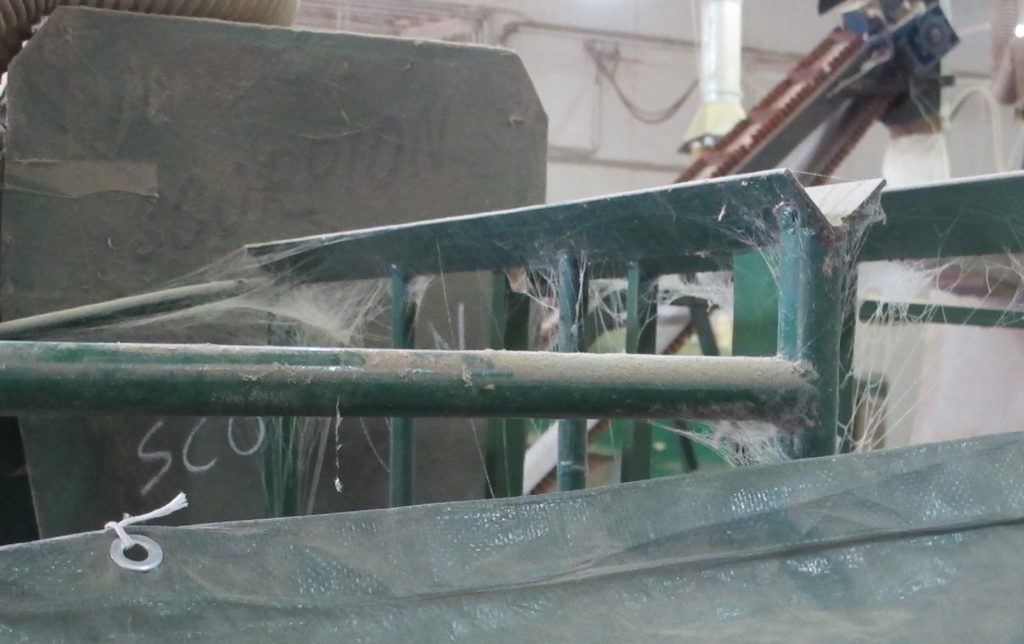
Comments